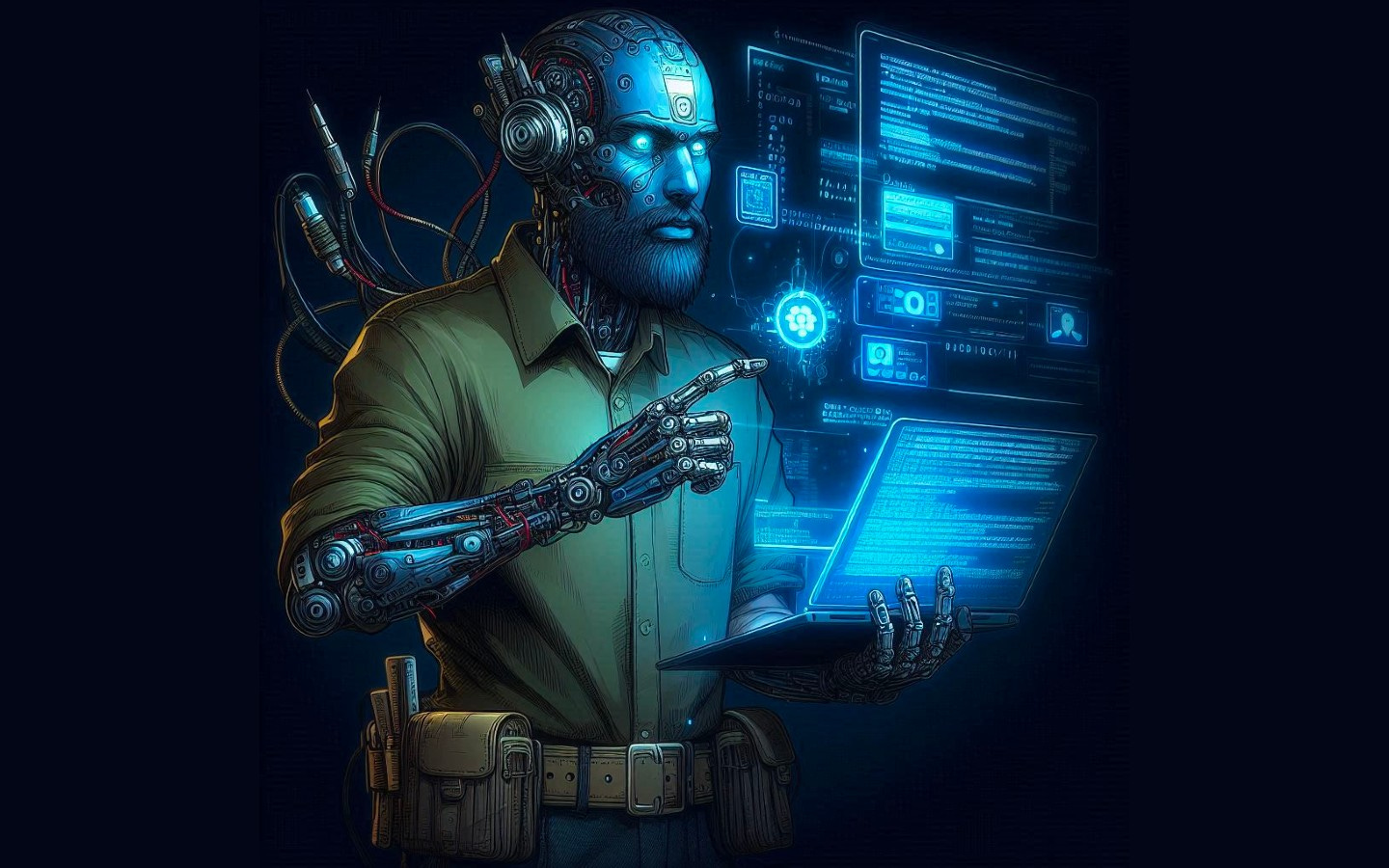Will generative AI take away classic machine learning roles?
Organizations have some fundamental problems to solve before applying classic machine learning, let alone generative models. But don't take your eyes off GenAI.
A recent episode of the MLOps Community podcast discussed the myths of machine learning and data science jobs, which is a bit of fresh air amidst the hype around generative AI taking over everything.
The host, Demetrios Brinkmann interviews data scientist Nikhil Suresh, who runs a blog in which he gives his candid opinions on tech trends. The interview is based on one of his recent blog posts about the AI hype.
I recommend both listening to the podcast and reading the blog post (though Suresh uses a lot of profane language, which I think is unnecessary to prove your point).
But here are some of the distilled facts that I totally agree with, followed by some of my own observations about the bigger picture that the discussion might be missing.
Machine learning and data science jobs are much fewer than advertised: Suresh writes, “The number of companies launching AI initiatives far outstripped the number of actual use cases. Most of the market was simply grifters and incompetents (sometimes both!) leveraging the hype to inflate their headcount so they could get promoted, or be seen as thought leaders.”
Given the hype surrounding artificial intelligence and machine learning, every company wants to brand itself as “AI-first” or “AI-focused” or something like that. In the past few years, there has been a lot of advertisement around data scientists and machine learning engineers being the sexiest jobs of the 21st century.
But the real work of ML engineers and data scientists are usually very different from the frontier research being done in deep learning and generative AI. A lot of the work is basically creating simple models such as XGBoost. Deep learning is rarely needed. Make no mistake, there is a lot of value in these works, but they are not as advertised, and they don’t require huge data science skills. This means you can probably get your foot in the door with basic machine learning skills and a bit of working experience—but so can others.
“I gradually came to the conclusion that the market for specialist data scientists is actually relatively small in terms of number of use cases,” Suresh said in the podcast. “But the hype around the market has really overproduced graduates. There are tons of roles, but only some of those roles are real.”
The infrastructure is not ready for data science and machine learning projects: Per Suresh’s blog post: “The data science jobs began to evaporate, and the hype cycle moved on from all those AI initiatives which failed to make any progress, and started to inch towards data engineering.”
This is also in line with my own experience and conversations I’ve had with other practitioners in the field. Data science requires special arrangements of data lakes and warehouses. But most companies have prepared their data infrastructure for classic business intelligence and analytics operations. Adjusting them for data science projects needs extensive restructuring. So, in many cases where you sign up for a data science or machine learning role, you end up having to do a lot of data engineering work to create the right data pipelines to train your models.
As said in the podcast, “Data engineering comes before AI.”
There is a gap between the business and machine learning teams: “The business usually doesn’t understand how a machine learning intervention would interact with their business,” the podcast discussed. “They usually want a line on a graph and don’t know what to do with a prediction made by the model.”
Again, this is a great point. One of the pain points I’ve regularly encountered is the gap between the machine learning and business teams. Business experts don’t know what to expect of machine learning models. Accordingly, the ML team doesn’t have a correct understanding of the business needs and how their models can make changes. One of the things I’ve advocated for is to work to create joint business and machine learning teams that can work backward from the business needs and interventions all the way to the predictions, data requirements, and models. The bizML framework by Eric Siegel provides a great starting point for this.
Let the experts handle the AI technology: Suresh writes, “Unless you are one of a tiny handful of businesses who know exactly what they're going to use AI for, you do not need AI for anything - or rather, you do not need to do anything to reap the benefits. Artificial intelligence, as it exists and is useful now, is probably already baked into your businesses software supply chain.”
Being AI-first means doing AI last. You don’t need to think about AI as something you absolutely need for everything in your business. You need to think about products and solving customer problems. AI is a feature that might sometimes come in handy. And today, most solutions that you’re using for your business will have AI features if needed.
Stay focused on solving problems. Use available tools as much as you can. Only create your own machine learning models and products if they are not already available elsewhere.


